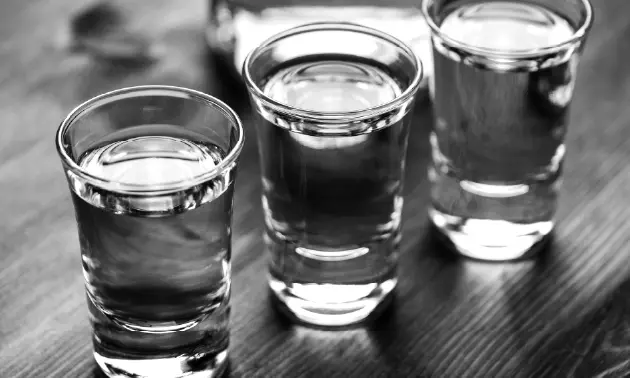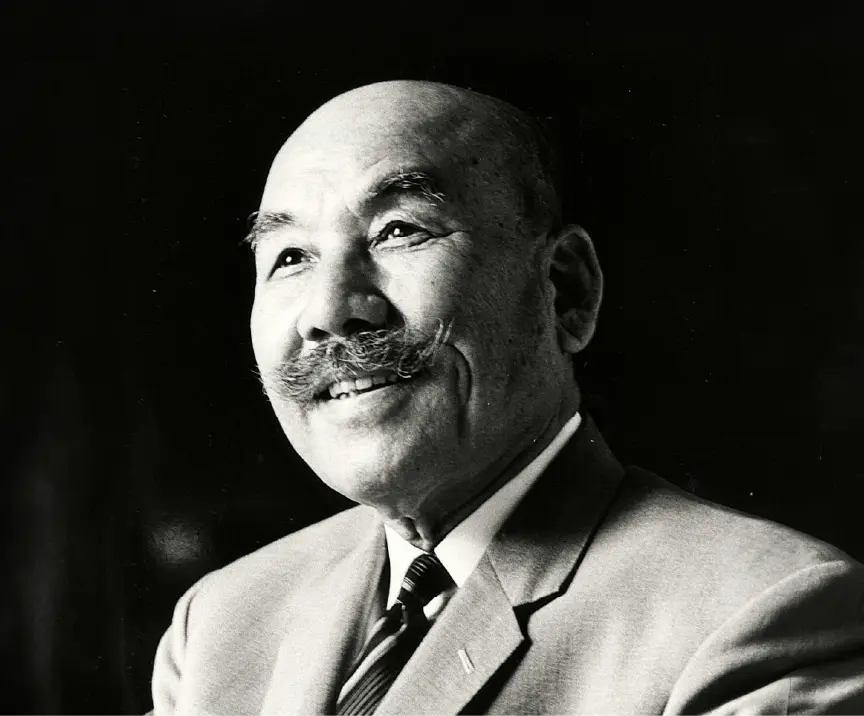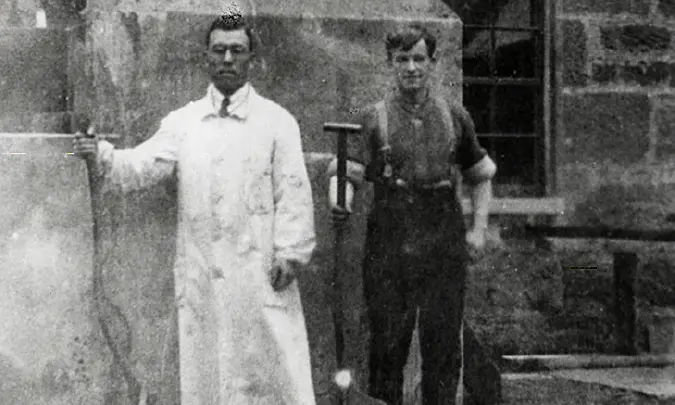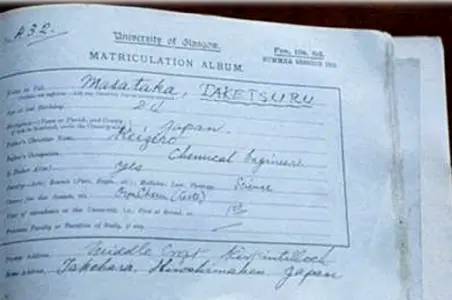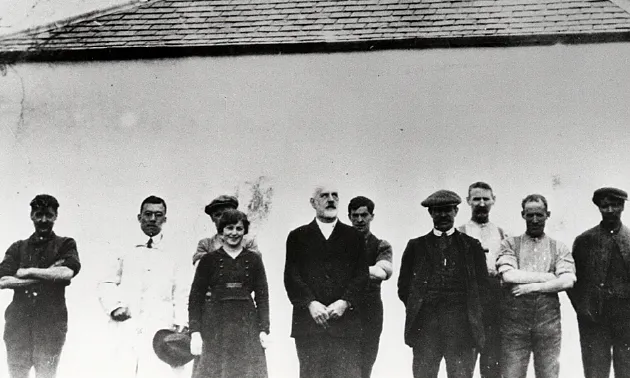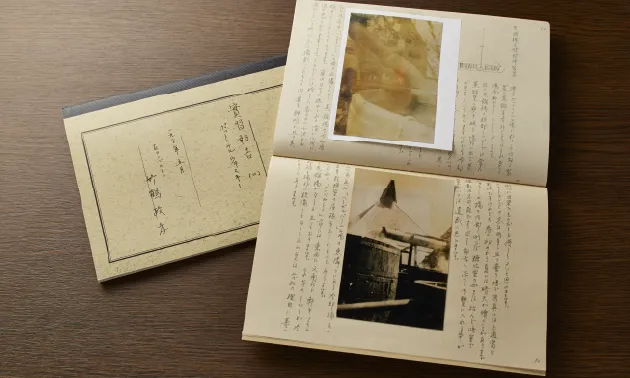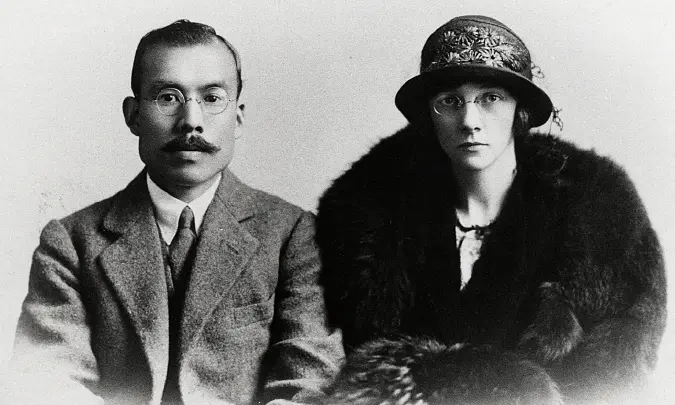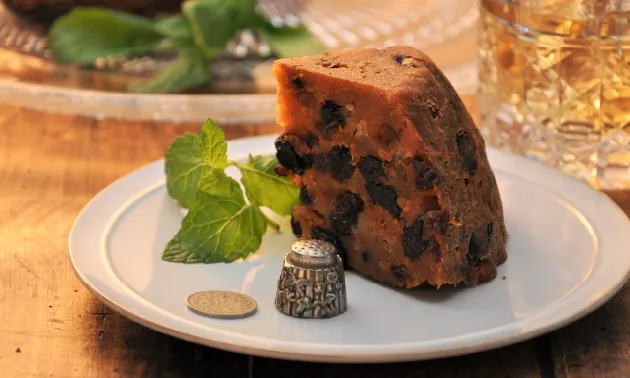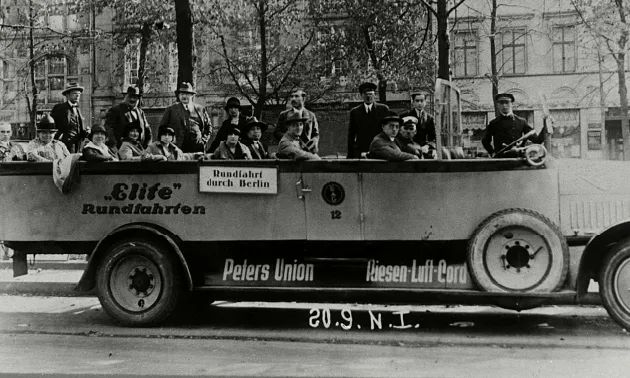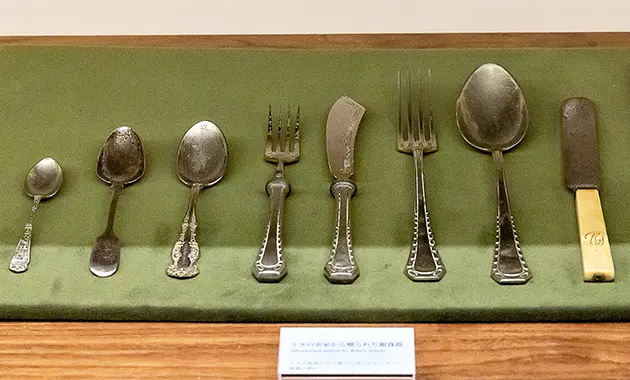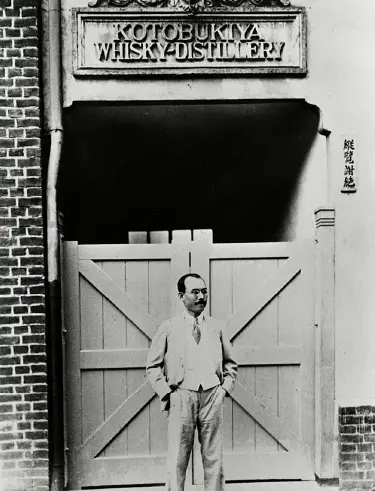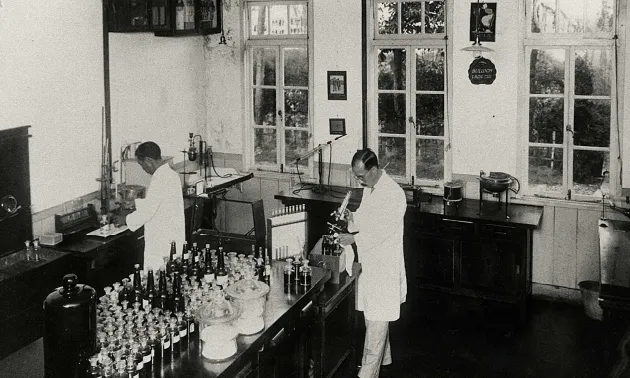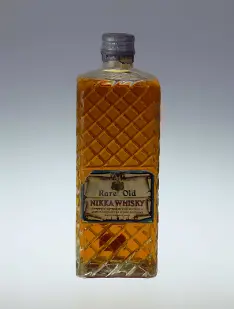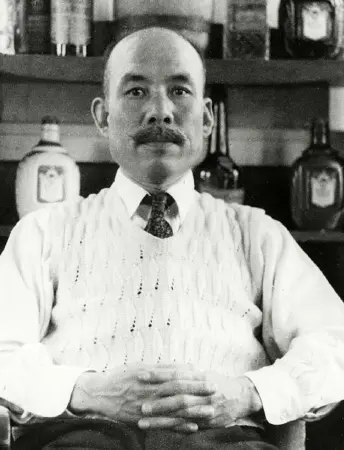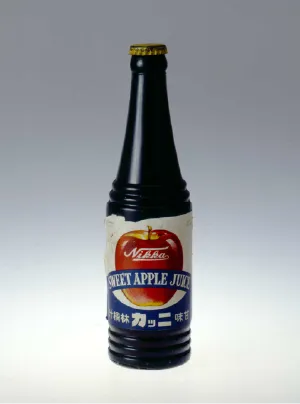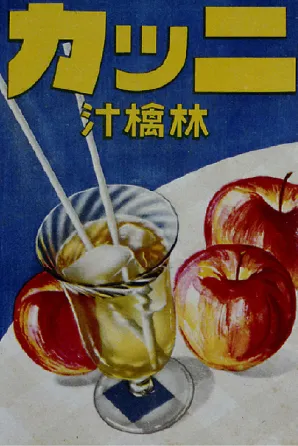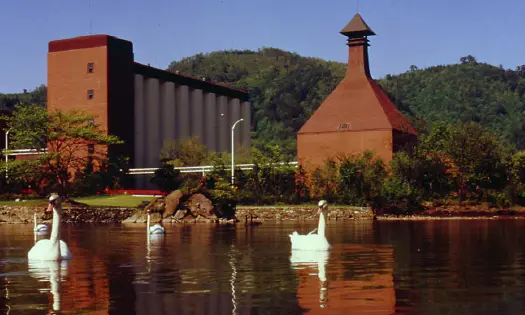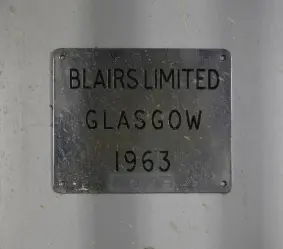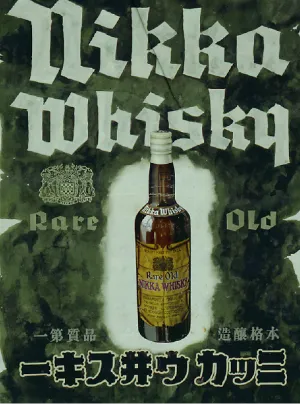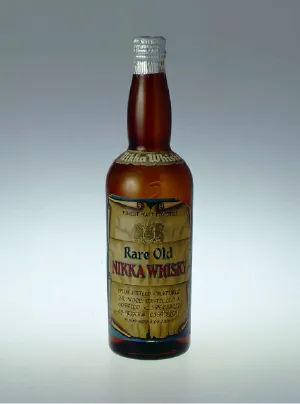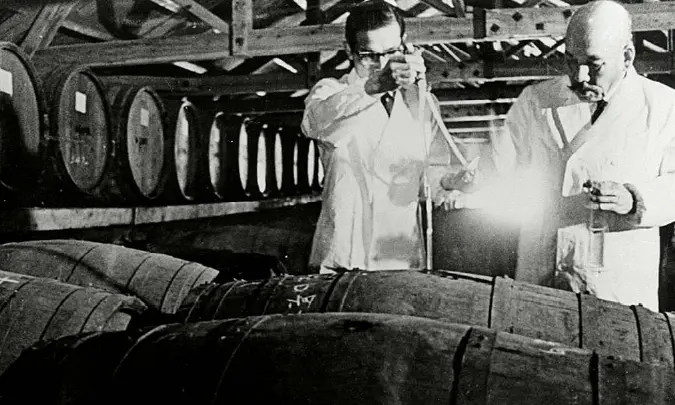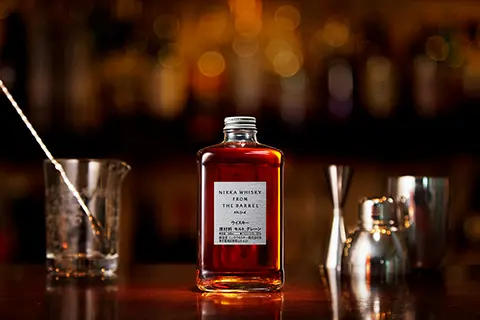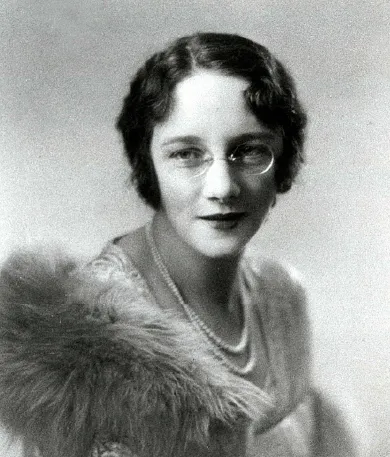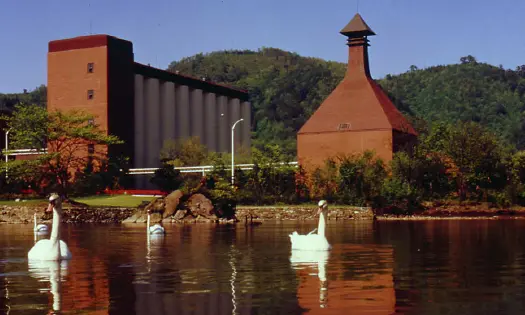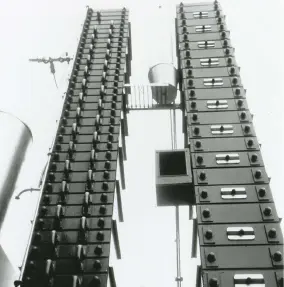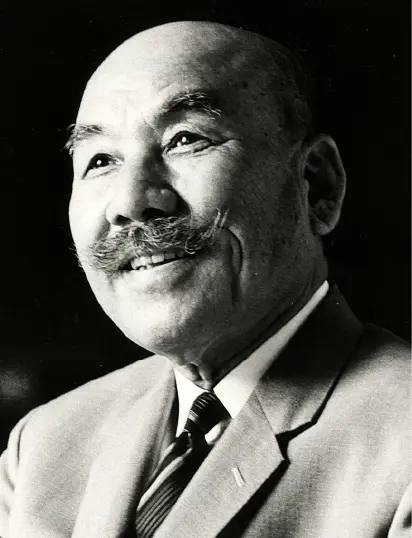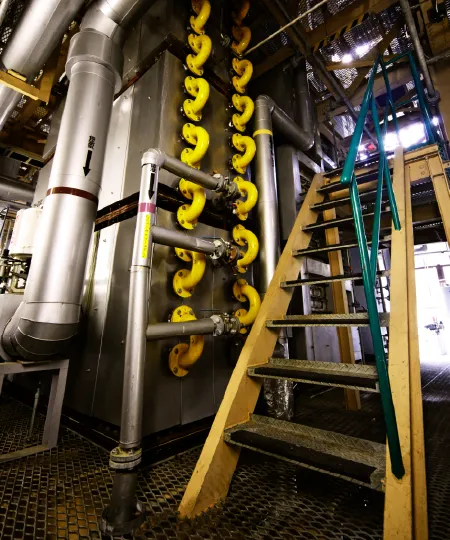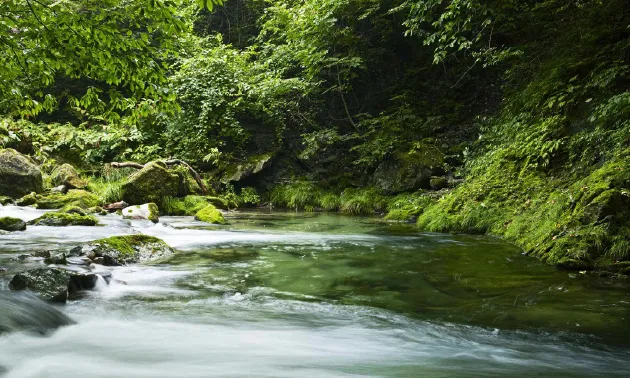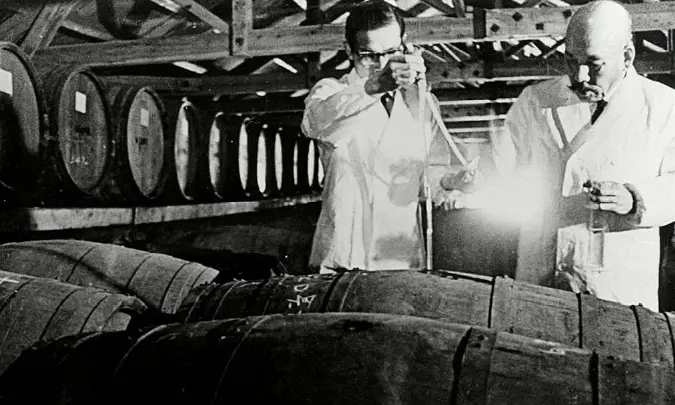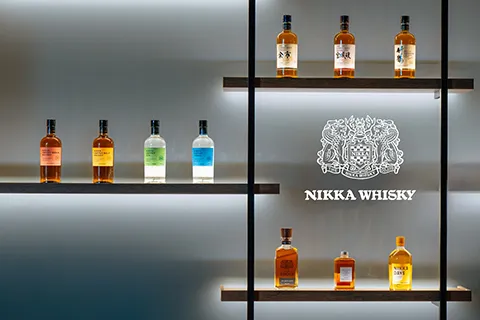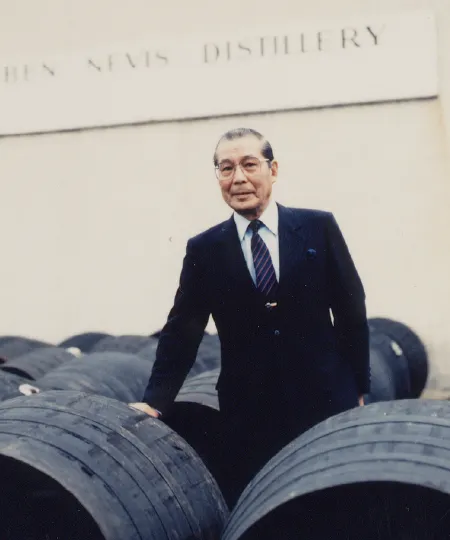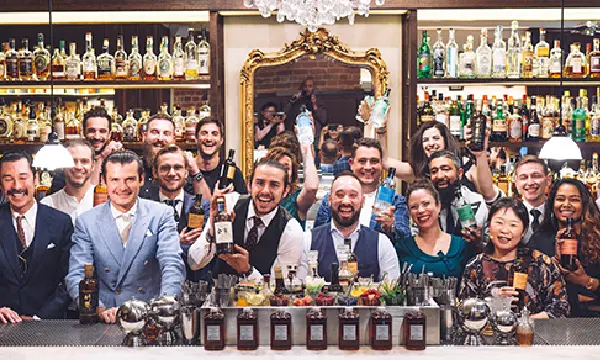"Passed down from my father, the hardship of sake-making has made me who I am today"
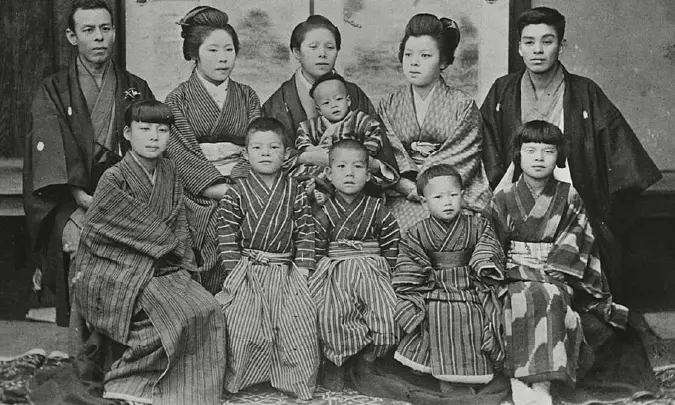
Masataka Taketsuru in the center of the front row.
Masataka Taketsuru was born in 1894, in Takehara Town (now Takehara City), Hiroshima Prefecture, as the third son of a sake-brewing family. He grew up with the sake brewery as his playground, learning about the challenges of sake production from a young age.
In his early years, he served as the captain of his middle school's judo club and went on to study brewing at Osaka Technical High School (now Osaka University). Becoming interested in Western spirits than sake, Masataka joined Settsu Shuzo in 1916 before graduating. In 1918, Settsu Shuzo began planning the production for domestic-made whisky. With many achievements and a growing reputation, Masataka was chosen by the company to travel to Scotland on his own.
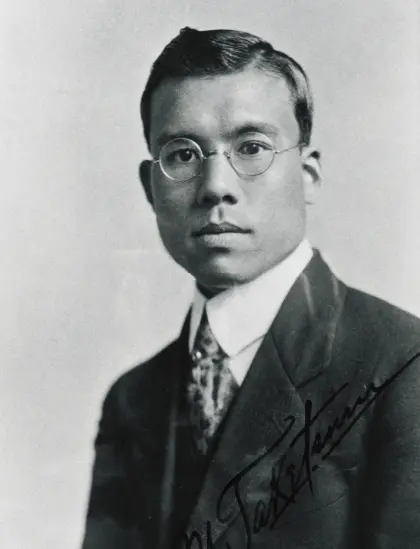
EPISODES
The Introduction of Whisky to Japan
Whisky was first brought to Japan in 1853 with the arrival of Commodore Perry.
In 1871, it was imported for the first time by a British trading company in Yokohama, intended for foreign residents in the settlement. Around this time, drug merchants in Tokyo began producing domestic western liquor using imported alcohol, which had extremely low customs. However, these were merely "imitation western liquors" made by adding sugar and flavoring to neutral alcohol.
Later, custom duties on alcohol were raised, which led to the rise of distilleries producing their own alcohol. Settsu Shuzo, where Masataka later joined, was one of these companies.
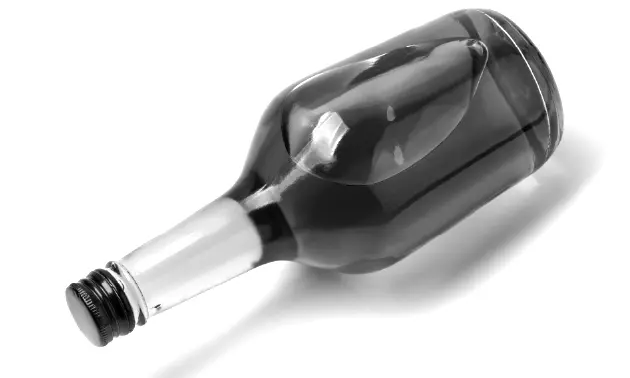
Settsu Shuzo and Masataka
Settsu Shuzo was a company founded as a private business by a wealthy entrepreneur, Abe Kihee. The company began producing alcohol in 1907, and in 1911, started contract in manufacturing whisky, wine, and other liquors. It was one of the leading manufacturers despite producing imitations.
In 1916, Masataka visited the company through his connection with Kiichiro Iwai, his senior from Osaka Technical High School's brewing department, who was serving as an executive director at Settsu Shuzo. Abe, the company president who interviewed him, was impressed by Masataka's sincerity and hired him on the spot.
While studying whisky blending, Masataka was in charge of manufacturing liqueurs for domestic western liquor makers that contracted with Settsu Shuzo. Meanwhile, Abe foresaw that the increasing popularity of Scotch whisky would make it difficult for imitation liquors to compete in the future.
